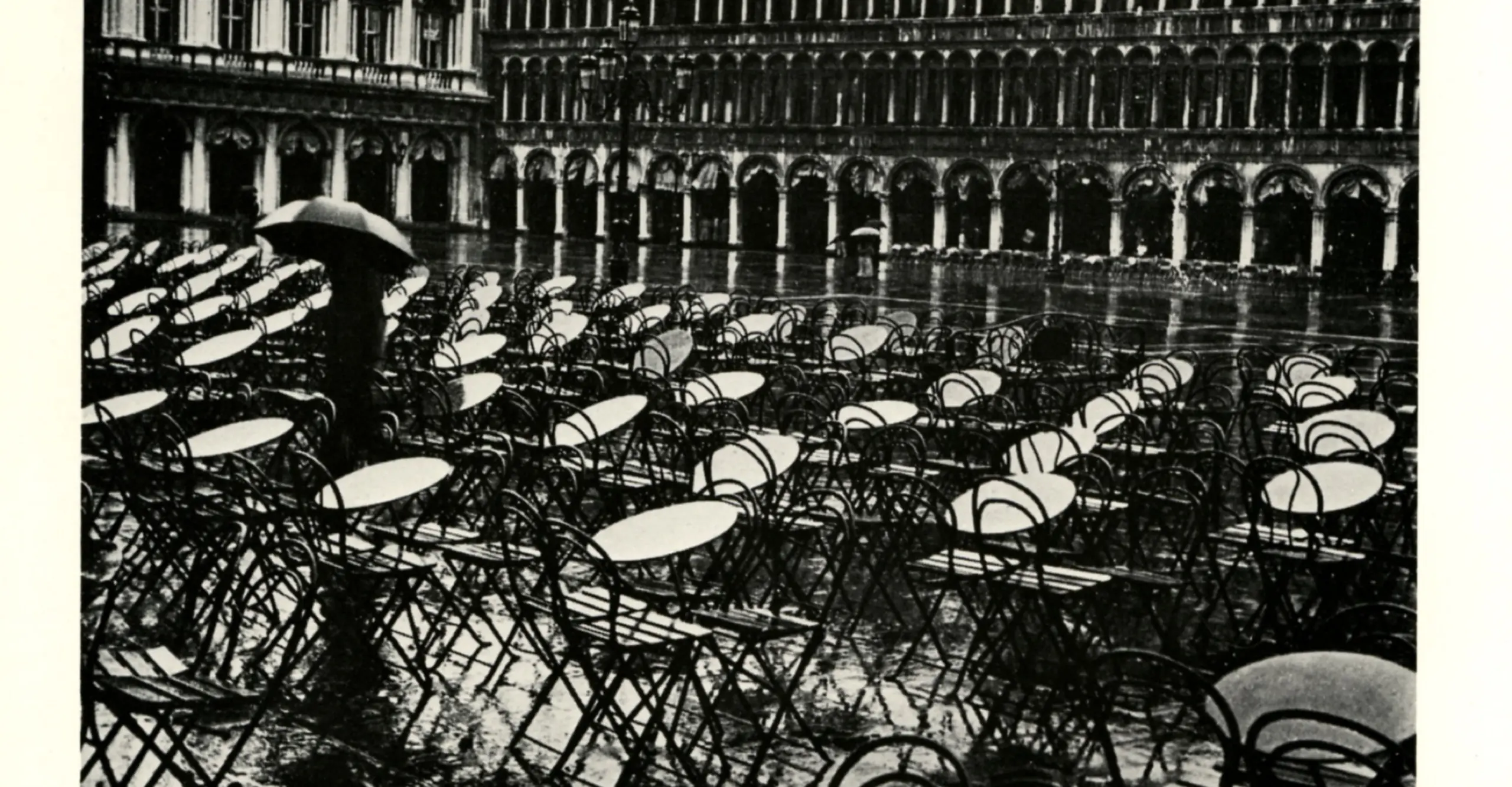Born in Munich in 1909, Tim Gidal was one of the first photo-reporters. began working in Germany in the early '20's at the time of the first small cameras, Ermanox and Leica. As he has said in his book, Modern Photo-journalism, these new cameras really revolutionised photo-journalism.
The other important ingredient was the increasing number of picture magazines starting in Germany with Berliner Illustrierte and the Münchner Illustrierte Presse for whom Gidal worked on a freelance basis from 1929. Stefan Lorant was one of the first editors to recognise the importance of the new style of photography made by such people as Erich Salomon, Felix Mann, Kurt Heubshman, Tim Gidal and his brother George.
George Gidal was unfortunately to die at an early age but Tim continued to take photographs, first in Germany, then in Europe and Palestine. He came to London in 1938 and worked for Stefan Lorant who was then editor of Picture Post. He also contributed to Lilliput and in 1940 went to Ceylon and India for Picture Post and Look Magazine. From 1940 to 1947 he was based in Israel but had a three year period working as one of the two chief photoreporters of the Eighth Army magazine, Parade. After North Africa he was with a commando unit in the Aegean and was wounded in Samos. He escaped and was attached to the South East Command under Mountbatten.
In 1947 he went to Switzerland and England to do research into the history of picture reporting and continued this work in New York where he also worked for Life Magazine on the editorial staff. He began teaching in 1955 at The New School of Social Research and between 1955 and 1969 he was photographer and co-author of 23 books showing life in villages throughout the world - the My Village series.
He published Origin and Evolution of Modern Photo-journalism in New York in 1973 and in 1974 had an extensive article in Camera 35 and portfolios published in Creative Camera and Swiss Camera. He had a large exhibition in Jerusalem in 1975 on the Thirties which was shown at The Photographers' Gallery the following year and then in New York at Witkin's, Berlin and Basle.
Since 1970 Tim Gidal has been based in Jerusalem where he became Senior Lecturer in the Department of Communications at the Hebrew University. In 1980, Tim was awarded the Kavlin Prize of the Israel Museum in Jerusalem for outstanding achievements as a pioneer of photo-journalism, as a teacher and as a historian of photography.
The exhibition we are showing this autumn is Tim Gidal's work in the Forties. During this time he travelled extensively, mostly with the Eighth Army and although he was not taking battle pictures, his insights into the way both the army and civilian population lived and worked between the fighting is clearly shown in these pictures. They also, of course, cover many of the political figures of the time and reflect the power struggles in the Middle East and India. The exhibition ends with the Silver Jubilee celebrations in London which brought the Forties to a happy if exhausted conclusion.
For further information on this and past exhibitions, visit our Archive and Study Room.


